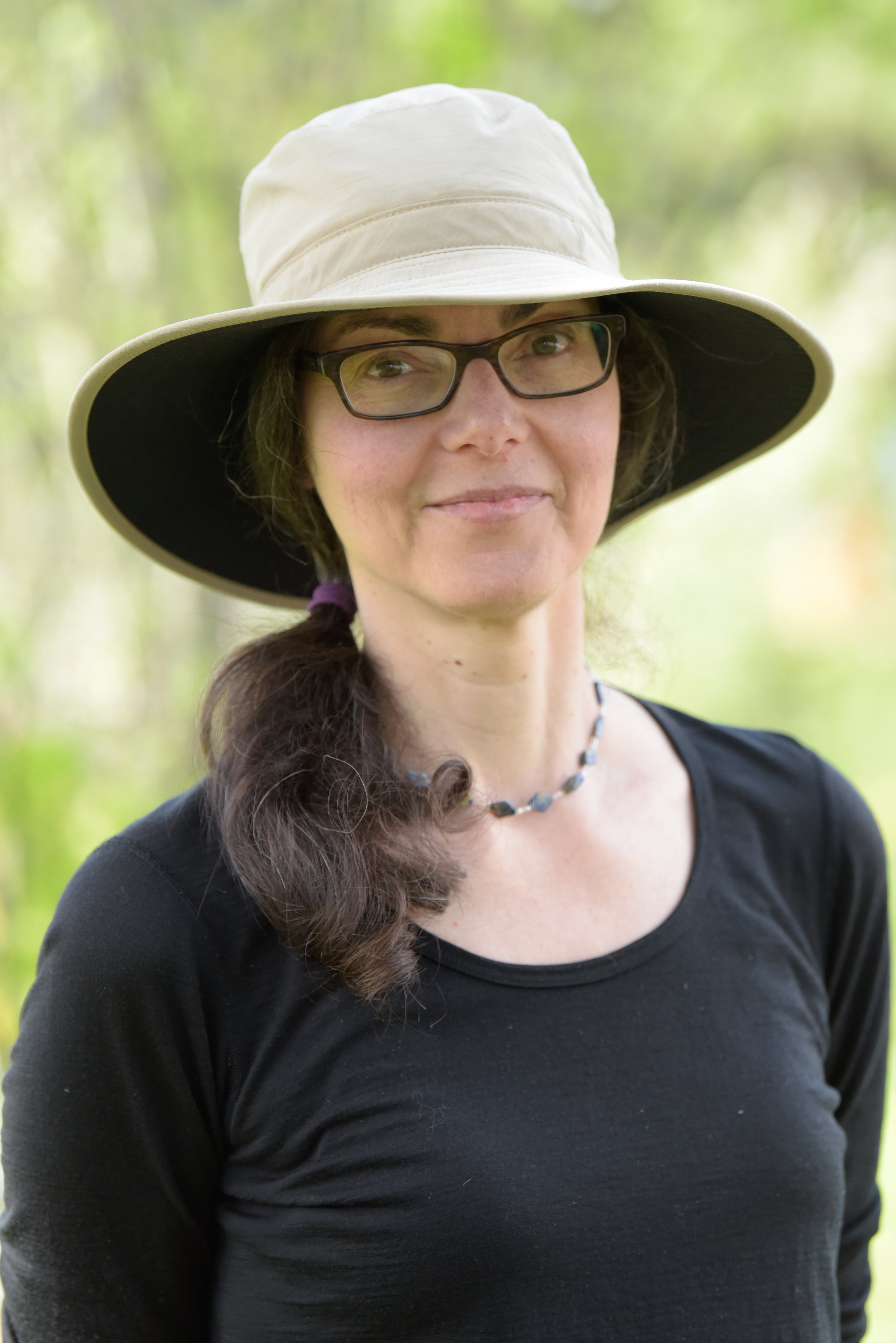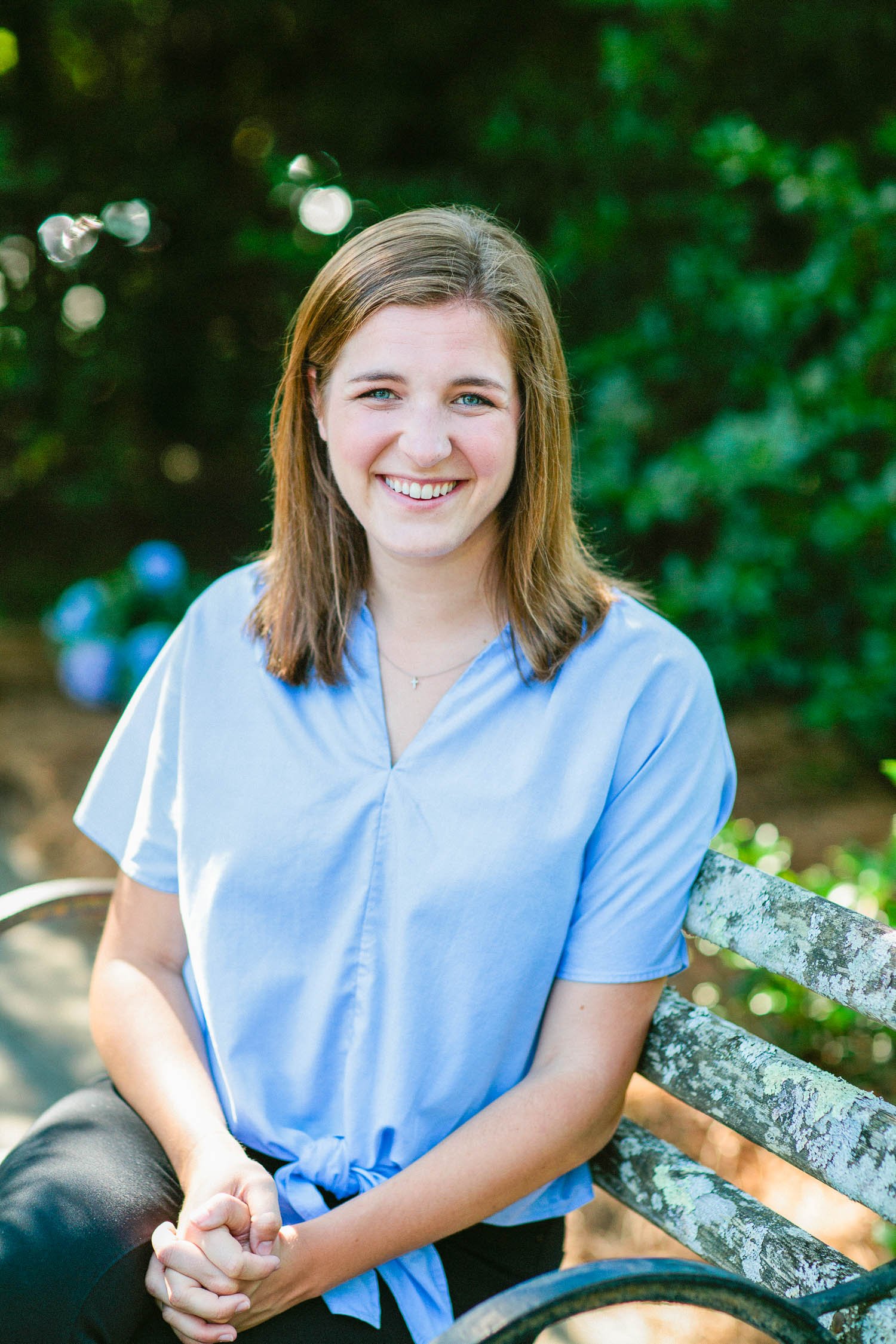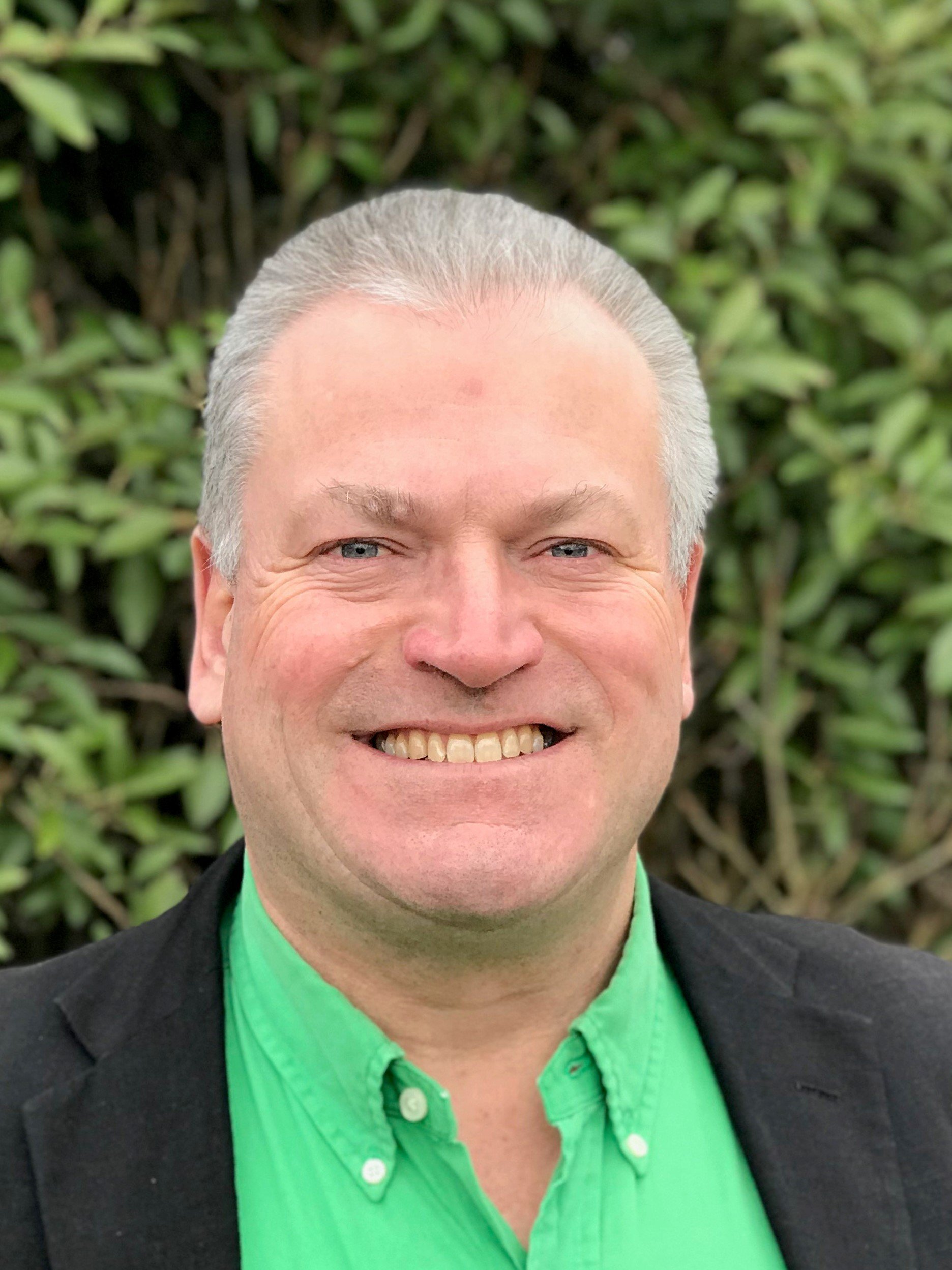Janet Draper Bio
Janet Draper has been the sole gardener for Smithsonian’s Mary Livingston Ripley Garden for 26 years. This tiny 1/3 of an acre garden is located on the National Mall and is open 24 hours a day to visitors from around the globe. Janet’s roles in the garden include everything from design and maintenance to cleaning the fountain and answering questions from visitors. Janet’s approach is to try to do something different every year to challenge herself and to keep educating visitors about the amazing diversity of plants!
Janet was raised in a rural farming community in Indiana and always knew she wanted to do something with plants. She pursued a bachelor’s in horticulture from Purdue University in 1987. Afterwards, she sought addition training with a series of internships that took her further than she could ever have imagined. She worked at Mt. Cuba Center for the Study of Native Piedmont Plants in Greenville, Delaware before it was open to the public; Kurt Bluemel’s nursery in neighboring Maryland where she learned the European approach to running a nursery, the famed perennial nursery of Countess von Stein-Zeppelin in Germany’s Black Forest, and Beth Chatto at her amazing Nursery and Garden in Elmstead Market, England.
Once back in the States, she continued to gain experience at numerous nurseries from Long Island to Illinois. After nearly a decade of working in perennial nurseries, she then started putting plants in the ground instead of little black plastic pots as an estate gardener and contractor for Oehme van Sweden where she helped install and maintain their designs. She also helped co-found the Annapolis Horticulture Society. You can learn more by visiting Smithsonian Gardens, by contacting Janet at her email address drapeja@si.edu, and by following Smithsonian Gardens on Instagram.
Show Notes
Janet shares childhood experiences with gardening and her family's influence and early fascination with growing plants like cotton, Job's Tears, and peanuts
Janet talks about studying horticulture at Purdue and the influence of early mentors
Recommendations to gain hands-on experience and pursue internships
Her first internship at Mt. Cuba Center
Valuable lessons learned at Kurt Blumel Nursery
Lessons on learning plants and the importance of saying "I don't know"
Differences in horticulture education between the US and Europe and changes she would make
Her time in Germany working at Helen von Stein-Zeppelin’s nursery
The importance of hands-on learning and being open to new experiences
Working at Beth Chatto’s Plants and Gardens
Meeting Christopher Lloyd and seeing exciting colors at Great Dixter
Contrasting Beth Chatto and Christopher Lloyd’s approaches to combining plants
Discussing the influence of both Beth's naturalistic approach and Christopher's bold use of color
Janet discusses bouncing between different horticultural roles and eventually moving to Annapolis
Founding the Annapolis Horticulture Society and its continued success
The transition from private estate work to the public setting of the National Mall
The story of the Mary Livingston Ripley Garden at Smithsonian Gardens and how it used to be a road
How the garden was designed as raised planters for handicapped accessibility
Janet’s approach to garden planning, emphasizing color coordination, texture, and form by flying by the seat of her pants
Combining plants with a triangulation method by starting with a core plant, then adding three plants for texture, repeating the process to build outwards
Experimenting with new and unique plant varieties
Challenges and benefits of planning and adjusting on the go
Janet's Access database for tracking plants and their characteristics
Challenges during President Obama's first inauguration and how support from community, volunteers, industry friends, and the public led to restoration
Increased activity on social media to reach a broader audience by sharing knowledge, beauty, and the joy of gardening with the public
Janet's day-to-day adventures and how the garden dictates what needs to be done
The dynamic nature of public horticulture and the joy of working in the garden
The challenge of keeping the garden fresh and interesting after many years and adapting to the changing climate and finding plants that thrive in the heat and humidity of Washington, D.C.
The myth of closing down the garden in winter
How gardening is an evolving science
Planting what is not in your neighbor’s yard and oaks and embracing diversity
Janet shares her passion for the Perennial Plant Association, emphasizing its role in fostering collaboration, information sharing, and learning within the horticulture industry
How to propagate more horticulturists by finding passionate people and youth interested in plants and investing in them
Learn more by visiting Smithsonian Gardens , contact Janet at her email address drapeja@si.edu, and follow Smithsonian Gardens on Instagram.













